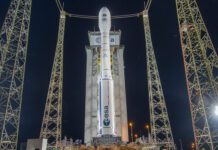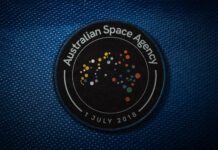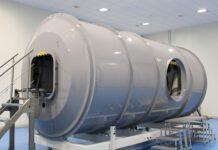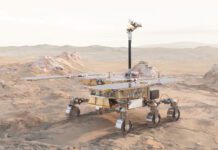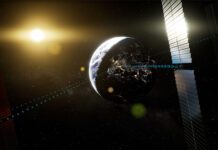
The European Space Agency has told European Spaceflight that it does not intend to open an independent inquiry into how a pair of propellant tanks for the final Vega mission next year went missing from an Avio facility before being found destroyed.
On December 4, European Spaceflight revealed that Avio had lost the tanks following the renovation of the company’s production facility in Colleferro, Italy. The tanks were later found crushed alongside scrap metal. According to a source, locating the lost tanks was made particularly difficult because they had not been entered into a company-wide asset management system.
Even in isolation, the loss of the tanks shows a shocking lack of quality control within Avio. However, this is not an isolated incident.
In November 2020, the Vega VV17 flight failed, resulting in the loss of two satellites. Following an investigation, it was found that the failure was the result of two cables used in the thrust vector control system of the rocket’s AVUM upper stage being inverted. Investigators identified “misleading” integration procedures and a failure to detect the problem during inspections.
In December 2022, the first commercial flight of Avio’s Vega C launch vehicle failed. The cause of the failure was later identified as the throat insert of the rocket’s Zefiro 40 second stage. In a March 3 press conference hosted by ESA, it was revealed the insert used for the demonstration flight was of better quality than had been required by Avio. However, for the December 2022 flight the insert was exactly to spec. This shows not just a failure to correctly spec the part but also a failure to manage the quality of each insert and to adequately test the part.
Then, there is Avio management’s failure to disclose the fact that it had lost the two Vega propellant tanks. Not only is ESA responsible for funding the development of Vega, but the agency will also be the customer for the vehicle’s final flight, with Vega carrying the Sentinel 2C (S2C) Earth observation satellite. Despite this, Avio failed to share the fact that it had serious problems with the mission to ESA.
A source speaking to European Spaceflight has shared that the project team responsible for S2C only found out after they asked Avio whether our reporting was accurate. While the source does concede that upper management may have been informed, they also explained that in these instances, they would ordinarily have at least been told that there was “an issue.”
When asked, ESA told European Spaceflight that the agency “was not aware of the tank issue.” The agency’s response went on to state, “We thus play no role in this situation, so we kindly ask you to contact Avio.”
If this is true that ESA was not told of the issues with the final Vega flight until after the European Spaceflight article was published, then Avio’s actions are even more egregious. Would ESA and its member states have been as willing to grant Avio with the significant concessions it did at the agency’s council meeting in Spain last month had they known?
During a meeting of the ESA council on 6 November, Avio was awarded €21 million a year in subsidies, a guaranteed three institutional Vega C flights per year, and permission to split from Arianespace to market and operate its launch vehicles itself. These decisions would have been made without the vital information of Avio’s shocking management of key launcher components.
In an official statement following the initial 4 December European Spaceflight reporting, ESA attempted to obfuscate responsibility and distance itself from the controversy.
“ESA is the launch system qualification authority,” the statement read. “Avio is the prime contractor and the design authority of Vega, responsible for providing a flight-worthy launcher to Arianespace, the launch service provider and launch operator. As such, ESA, as the launch system qualification authority of Vega/Vega C, works with Avio to ensure the safety and reliability of the upcoming Vega flight, which includes the final Vega flight and the Vega C Return to Flight, both scheduled for 2024. Avio serves as the prime contractor of Vega, responsible for delivering a flight-worthy launcher to Arianespace, which is the launch service provider and launch operator. Avio is currently working on the preparation of these flights. In regards to the missing propellant tanks, Avio, in its role as the prime contractor, is responsible for providing comments on this matter.”
This claim that ESA is simply the “system qualification authority” is wildly out of touch with reality. The agency is a kingmaker. It guides member states in making decisions that award Avio with hundreds of millions in funding to develop vehicle after vehicle while others are left with tiny slivers of funding awarded through the agency’s Boost! programme. They are most certainly responsible for ensuring that public money is being spent responsibly. And it is becoming increasingly difficult to justify that continuing to provide Avio with funding is a responsible use of public money.

